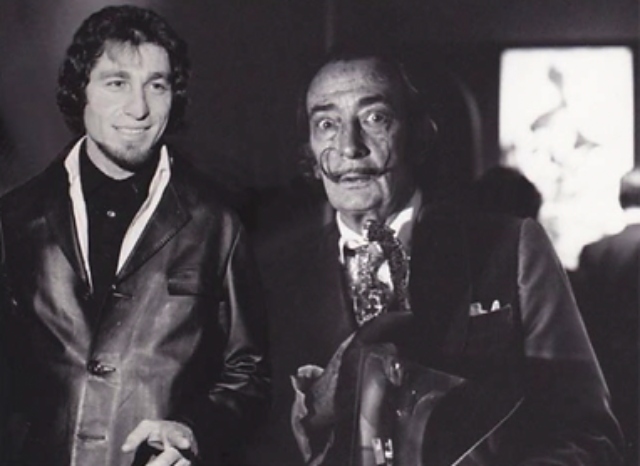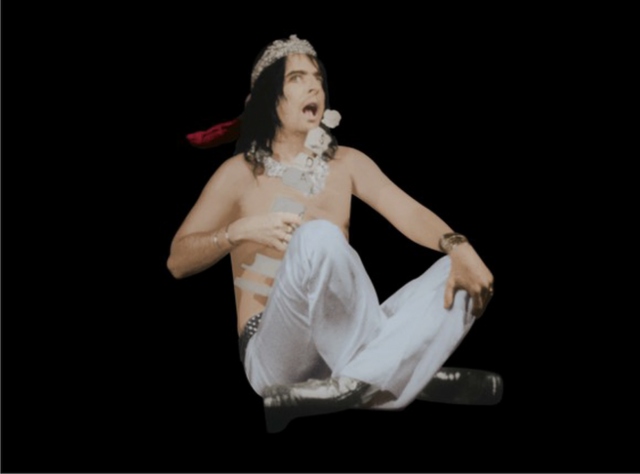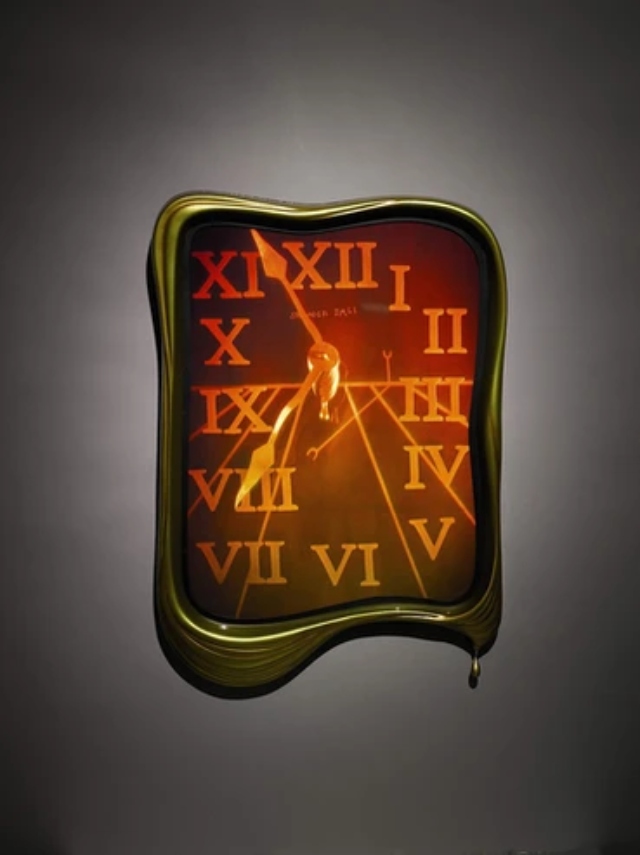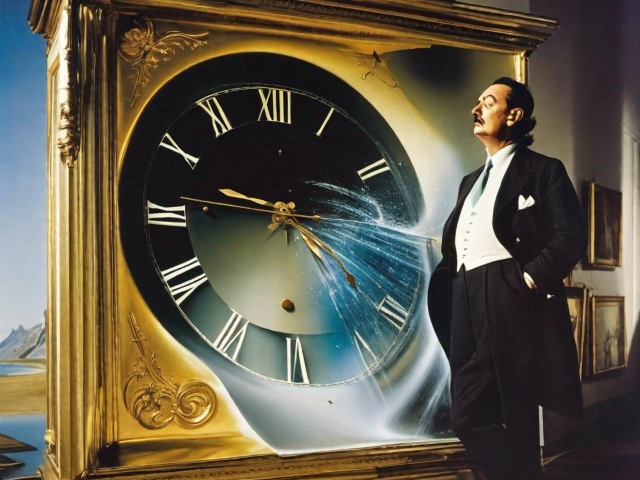
-
How Salvador Dalí Became One Of The Pioneers Of Holographic Art
15 Nov 2023 by Heinrich in Celebrities, Entertainment, Lifestyle, Tech/Sci, Vibe, World
[imagesource:wonder]
For lovers of his weird surreal art, Salvador Dalí seems an obvious artist to connect to the field of Holographics.
His name was then indeed the first that came to holography expert Selwyn Lissack’s mind when he began pushing for holographics to be recognised as “a true artistic medium”.
In 1971, Lissack contacted the moustached artist, and in typical Dalí style, and despite never hearing of Lissack before, the enigmatic Dalí is reported as answering the phone with, “I’ve been waiting for you to call.”
According to Dalí, “There was an obvious draw to create art that might break free from the limitations of linear space into”, what the Spanish artists called “the Dal dimension”. By the time Lissack contacted Dali, had already spent decades “investigating the depths of the human subconscious”.
According to Lissack, Dalí saw their collaboration as an opportunity to embark on a “daring adventure of discovery into the cosmic paradigm.”
Once those heady plans were agreed upon, they started operating out of Lissack’s suite at New York’s St. Regis Hotel. Over the next five years, they would produce seven holographic artworks.
The first piece, Polyhedron and Basketball, was inspired by a photograph of basketball players attempting a jump shot that Dalí saw in the New York Times in 1972.
[image:cubanfinearts.org]
He told Lissack: “The players looked like they were becoming angels, and in his version, they appear to reach beyond the printed page to grasp hold of planet Earth.”
Somehow, rockstar Alice Cooper also came into the two men’s orbit and was roped in for Dalí’s Alice Cooper’s Brain. Cooper posed for Dalí ‘draped in multi-million dollar diamonds from the jeweller Harry Winston and rotating on a turntable’.
A model of Cooper’s brain, covered in Dalí’s distinctive ants, was capped with a chocolate éclair, which was suspended behind Cooper’s head on a red velvet pillow. The musician was also told to hold a Venus de Milo figure as a microphone. Hey, when Dalí gives directions, you follow. Cooper later admitted that he “wasn’t exactly sure what was going on.”
“Dalí was a character who was so mythical, you didn’t really want to say anything. For me, it was like meeting Elvis or The Beatles.”
Dalí’s 1931 work, The Persistence of Memory, was also the inspiration for one of their ambitious works called The Melting Clock. It was one of the last references the artist made to that other famous painting, but the technology to properly express his idea was still lacking in the 1970s, and their prototype’s “lighting system was too hot”.
[image:cubanfinearts.org]
This was way before LED lighting became a thing and the two mad artists were forced to use bulky and expensive technology like mercury-arc lamps, which were prone to overheating. Dalí eventually gave the ‘blueprint’ to Lissack and in the 2000s, Lissack was able to complete the work using fibre lasers.
While Dalí was the artist, Lissack was an early pioneer in holography, having founded the International Holographic Corporation. Interestingly enough, one of his first products was the King Vitamin Ring, a children’s toy that came with packets of Oats.
[image:cubanfinearts.org]
Today, Dalí’s breakthrough holographics can be seen, and purchased, at the Cuban Fine Arts Gallery in Brooklyn, New York.
Regardless of whether you’re a fan of Salvador Dalí or not, one can only wonder what the atmosphere in Lissack’s suite at New York’s St. Regis Hotel must have been like.
[source:artnet]
Latest News
-
Powerful South African Short Film ‘The Last Ranger’ Scoops Up Awards And International Praise
[imagesource: Cindy Lee Director/Facebook] A compelling South African short film, The L...
-
Caprice Summer Has Started With Brunch (But Better) This Saturday + Other Lush Camps Bay Parties
[imagesource: Instagram/cafecaprice] Is it just me or has Summer been taking its sweet ...
-
Notre-Dame Cathedral In Paris Restored And Ready For Grand Reopening After Devastating Fire
[imagesource:wikimedia] After five years of work and millions in donations, The Notre-D...
-
Self-Destructing Number Plates: The Future Of Gauteng’s Roads Or Spy-Tech Fantasy?
[imagesource:worldlicenseplates.com] What sounds like a James Bond movie is becoming a ...
-
I Changed My Relationship With Food And You Won’t Believe What Happened Next
[imagesource:supplied] As the festive season approaches, it's time to deck the halls, g...
-






























